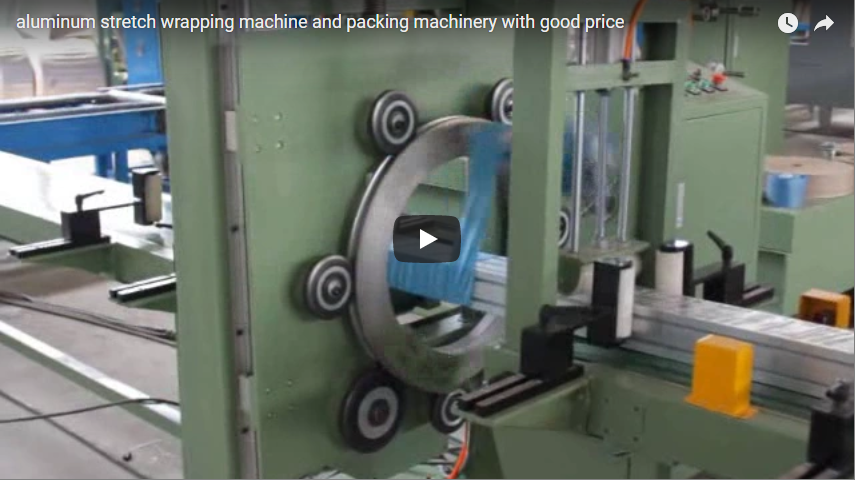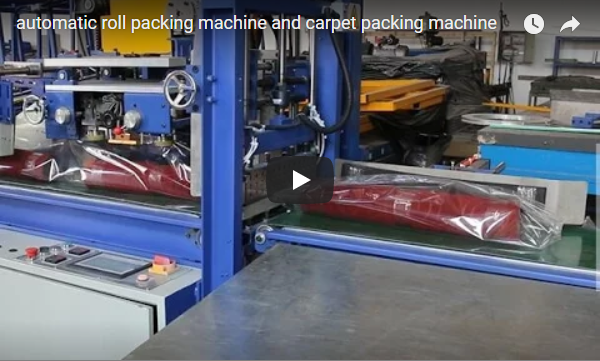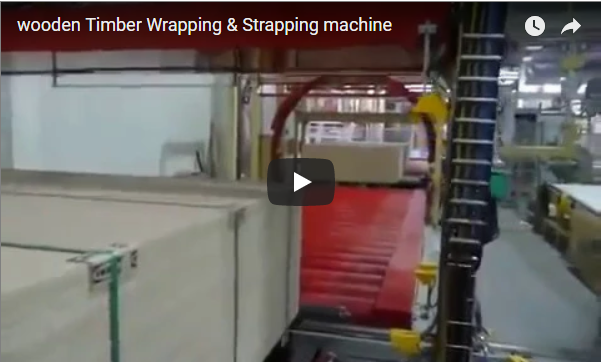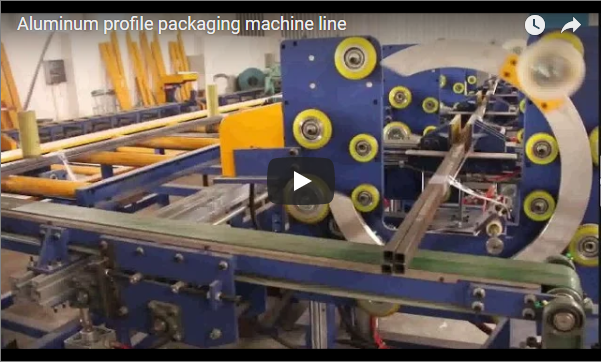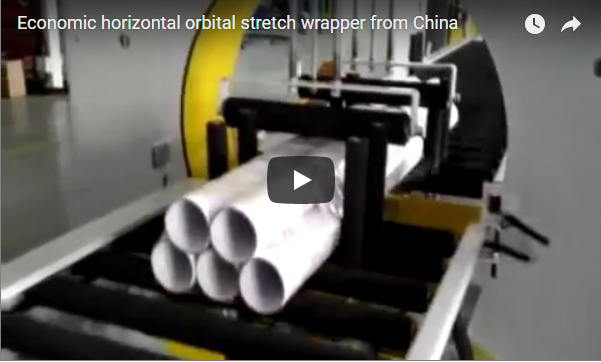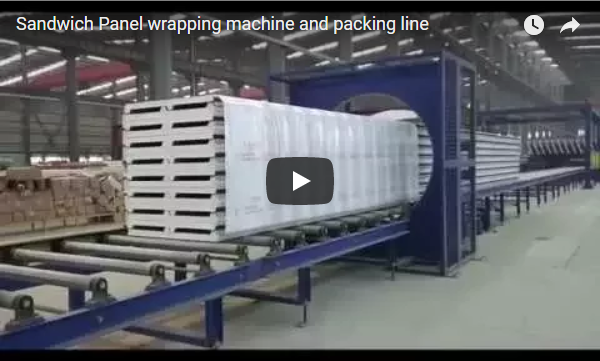Enhancing Efficiency and Protection: A Technical Look at Horizontal Orbital Stretch Wrappers for Long Products
The efficient and secure packaging of long or irregularly shaped items like aluminum extrusions, timber bundles, panels, pipes, and profiles presents a unique challenge in many industrial distribution and manufacturing environments. Manual wrapping is often slow, inconsistent, and labor-intensive, leading to potential product damage and increased operational costs. The Horizontal Orbital Stretch Wrapper offers a robust, automated solution designed specifically to address these issues.
1. The Challenge: Packaging Elongated and Bulky Goods
Traditional pallet wrapping methods are unsuitable for products significantly longer than standard pallet dimensions. Handling these items manually often requires multiple personnel and results in uneven tension and coverage of stretch film, compromising load stability and protection during transit and storage. This inefficiency directly impacts throughput and can lead to higher rates of product damage and customer dissatisfaction.
2. Operational Principle: The Orbital Wrapping Mechanism
Unlike conventional turntable or rotary arm wrappers, the horizontal orbital stretch wrapper works by passing the product horizontally through a rotating ring. This ring carries a spool of stretch film on a specialized carriage. As the product moves through the ring's aperture on a conveyor system, the ring rotates, dispensing the film and wrapping it around the length of the product in a spiral pattern. This method ensures complete, consistent coverage and tension control along the entire product length.
3. Key Features and Technical Specifications
Modern horizontal orbital wrappers incorporate several features designed for performance, reliability, and ease of use:
- Variable Speed Ring Rotation: Allows adjustment of the wrapping speed (often measured in RPM) to match production line requirements and product characteristics.
- Powered Film Pre-Stretch Carriage: Crucial for optimizing film usage. These systems typically stretch the film by 200-300% (or more, depending on film type and machine capability) before application, significantly reducing material consumption and improving load containment force.
- Automated Film Clamp and Cut System: Enables seamless start and end of wrapping cycles without manual intervention, boosting automation levels.
- Adjustable Conveyor System: Input and output conveyors (often roller or belt types) manage the product flow through the machine. Speeds are typically synchronized with the wrapping process.
- Pneumatically Actuated Vertical Support Rollers: As highlighted in the original post, these are essential for stabilizing the load during the wrapping process. They automatically adjust to the package's height profile, providing gentle but firm guidance as the product traverses the wrapping ring. This prevents shifting, especially with unstable bundles or profiles, ensuring a tight, secure wrap without damaging the product edges.
- Programmable Logic Controller (PLC) with HMI: Allows operators to easily set parameters like wrap counts at ends, overlap percentage, tension levels, and conveyor speeds. Stores multiple wrapping programs for different product types.
- Safety Features: Includes safety fencing, light curtains, and emergency stop buttons compliant with industry safety standards.
Typical Parameter Ranges (Example - Varies by Model):
- Ring Diameter: 400mm - 2000mm+ (determines max product cross-section)
- Ring Speed: 20 - 100+ RPM
- Conveyor Speed: 5 - 20+ m/min
- Film Width: Typically 250mm or 500mm
- Pre-Stretch Ratio: Up to 300%
4. Applications Across Industries
The versatility of the horizontal orbital stretch wrapper makes it invaluable in various sectors:
- Building Materials: Wrapping timber, lumber bundles, PVC profiles, siding, insulation panels, doors, and windows.
- Metals Industry: Securing bundles of aluminum extrusions, steel pipes, copper tubes, and other metal profiles.
- Plastics: Packaging plastic pipes, conduits, and extruded shapes.
- Textiles: Wrapping rolls of fabric or carpet.
- Furniture Manufacturing: Protecting long components or assembled items.
5. Tangible Benefits for Distribution and Manufacturing Operations
Implementing a horizontal orbital wrapper translates to significant operational improvements:
- Reduced Labor Costs: Automation minimizes the need for manual wrapping personnel.
- Improved Load Security: Consistent tension and full coverage dramatically reduce product movement and damage during shipping.
- Lower Material Consumption: Powered pre-stretch systems maximize film yield, cutting down on consumable costs.
- Increased Throughput: Automated wrapping cycles are significantly faster than manual methods.
- Enhanced Product Protection: Shields products from dust, moisture, and surface damage.
- Professional Package Appearance: Creates a clean, consistent, and professional look for finished goods.
6. Implementation Considerations: A Practical Perspective
From experience, successfully integrating an orbital wrapper involves careful planning:
- Space Allocation: These machines require significant floor space, including infeed and outfeed conveyor lengths.
- Product Flow Integration: How will the machine fit into the existing production or packaging line? Consider buffer zones and material handling upstream and downstream.
- Power and Air Requirements: Ensure adequate electrical supply and compressed air (for pneumatic components like the vertical rollers and film clamp/cut).
- Operator Training: Staff needs training on operation, basic troubleshooting, and safety procedures.
- Maintenance Schedule: Like any industrial equipment, regular preventative maintenance is key to long-term reliability.
7. Conclusion: A Strategic Investment in Packaging Efficiency
The Horizontal Orbital Stretch Wrapper represents a strategic investment for companies handling long or cumbersome products. By automating the wrapping process, improving load integrity, optimizing film usage, and increasing throughput, this technology directly contributes to a more efficient, cost-effective, and reliable packaging operation. The inclusion of features like pneumatically controlled vertical support rollers further enhances its capability to handle diverse product types securely.
For further details or specific application inquiries:
info@fhopepack.com
Learn more about specific machine capabilities here:
https://www.fhopepack.com/Horizontal_wrapping_machine.html

